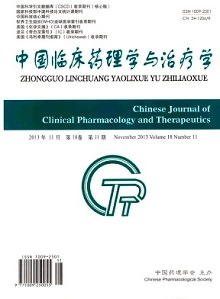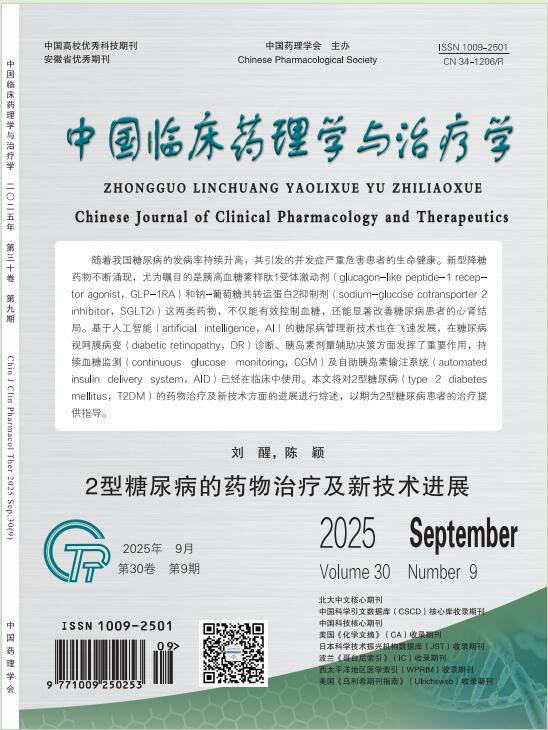Cardioprotective effect and its mechanism of total saponin from Panacis majoris rhizoma on myocardium ischemia/reperfusion injury in rats
LIU Ai-hua1, SHI Meng-qiong1, YAN Wen-yan1, YANG Wei-hong1, GONG Xue-qian1, XIONG Yan-qiang1, ZHOU Ji-gang2, LUO Tao2, ZHANG Ji-hong2
2013, 18(11):
1224-1232.
 Asbtract
(
261 )
Asbtract
(
261 )
 PDF (481KB)
(
648
)
References |
Related Articles |
Metrics
PDF (481KB)
(
648
)
References |
Related Articles |
Metrics
AIM: To investigate the cardioprotective effects of total saponin from Panacis majoris rhizoma on myocardium ischemia/reperfusion injury (MI/RI) and its mechanism.METHODS: All rats were randomly divided into four groups: sham-operated, model group and total saponin of Panacis majoris rhizoma (100, 200 mg/kg); The pretreated group was given total saponin of Panacis majoris rhizoma. After pretreating for 7 days, the myocardium ischemia model was induced by ligating the left anterior descending coronary artery in rats. After ligating 30 min, and then reperfusing 24 h. The incidence of arrhythmia at the begining 30 min, and hemodynamic parameters after 24 h were measured; The serum levels of LDH, CK, SOD, GSH-Px, CAT and MDA were also measured; Real-time PCR was applied to detect the mRNA expressions of SOD1-SOD3, GPX1 and CAT antioxidative genes, the expressions of Nrf2 in the cell hyalomitome and nucleus were detected by Western blotting.RESULTS: Total saponin from Panacis majoris rhizome (100, 200 mg/kg) might significantly decrease incidence of arrhythmia, improve heart function and heart histomorphpolgy, decrease the levels of serum LDH, CK, MDA and infarct size, improve the activities of SOD, GSH-Px, CAT (P<0.05, P<0.01, respectively); Moreover, the mRNA expressions of SOD1-SOD3, CAT and GPX1 in the myocardial tissues decreased remarkably in the model group, while were up-regulated in total saponin from Panacis majoris rhizome-pretreatment groups (P<0.05, P<0.01, respectively), the protein expressions of Nrf2 in the nucleus were significantly increased compared with model group (P<0.01, respectively), but it did not influence in the cell nucleus among the group.CONCLUSION: Total saponin from Panacis majoris rhizome exerts beneficially cardioprotective effects on MI/RI rats, mainly activating anti-oxidative pathway of Nrf2 and opposing lipid peroxidation.


